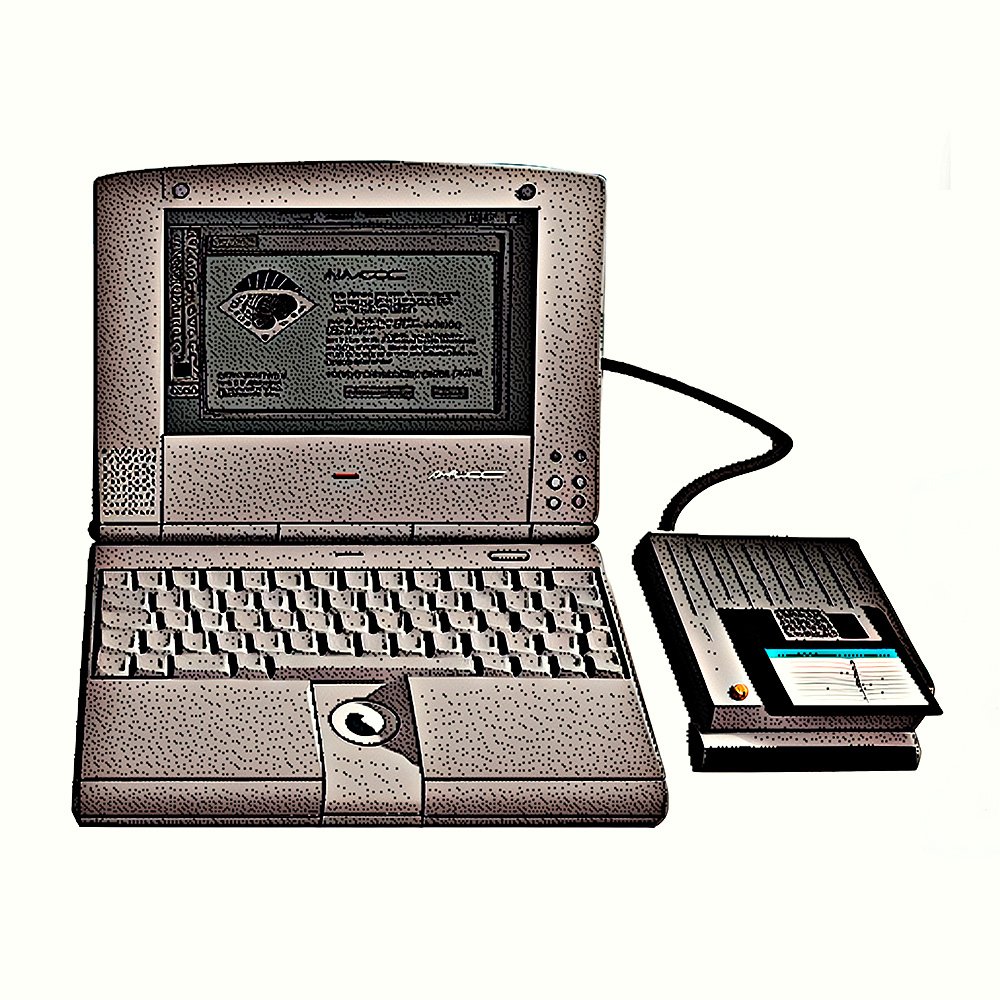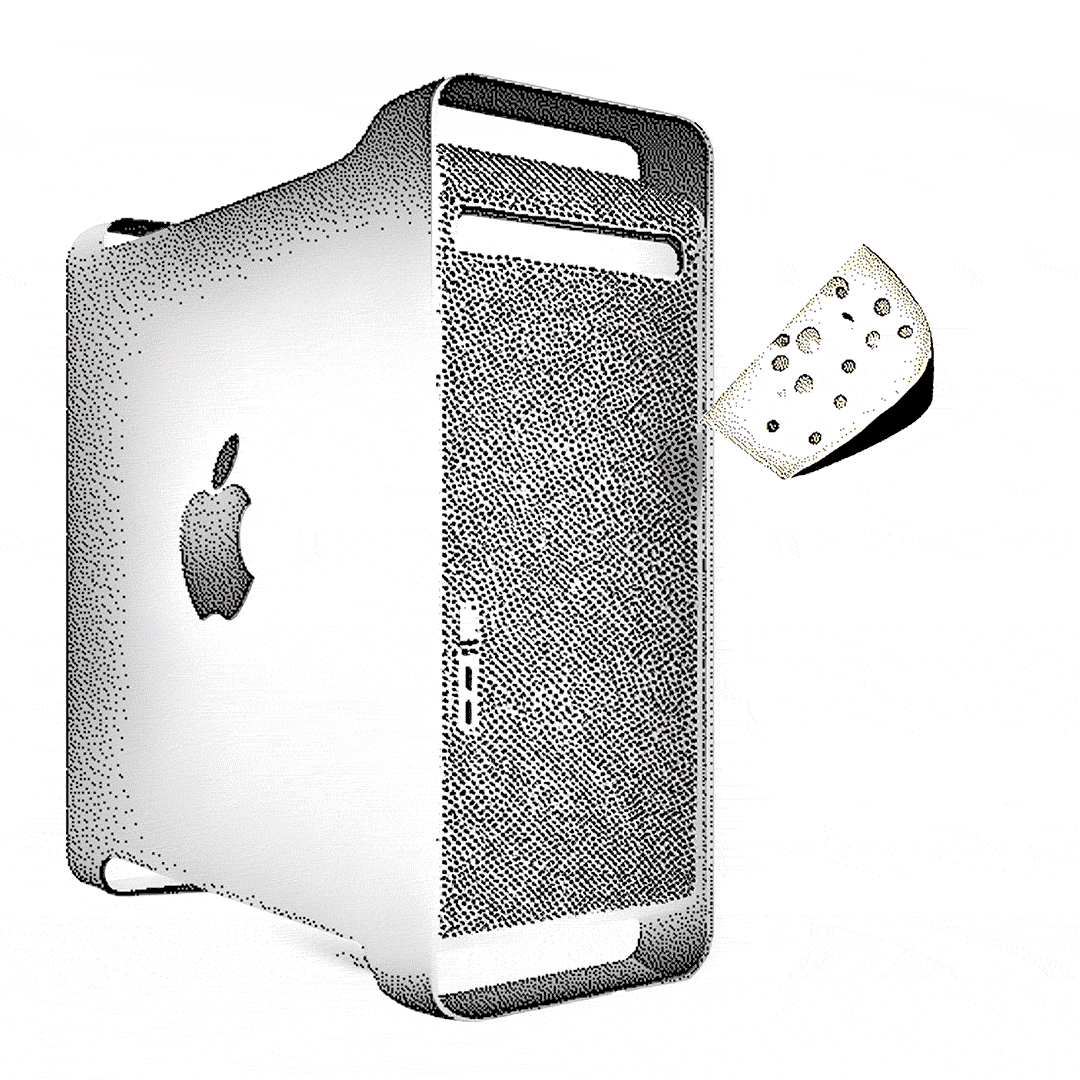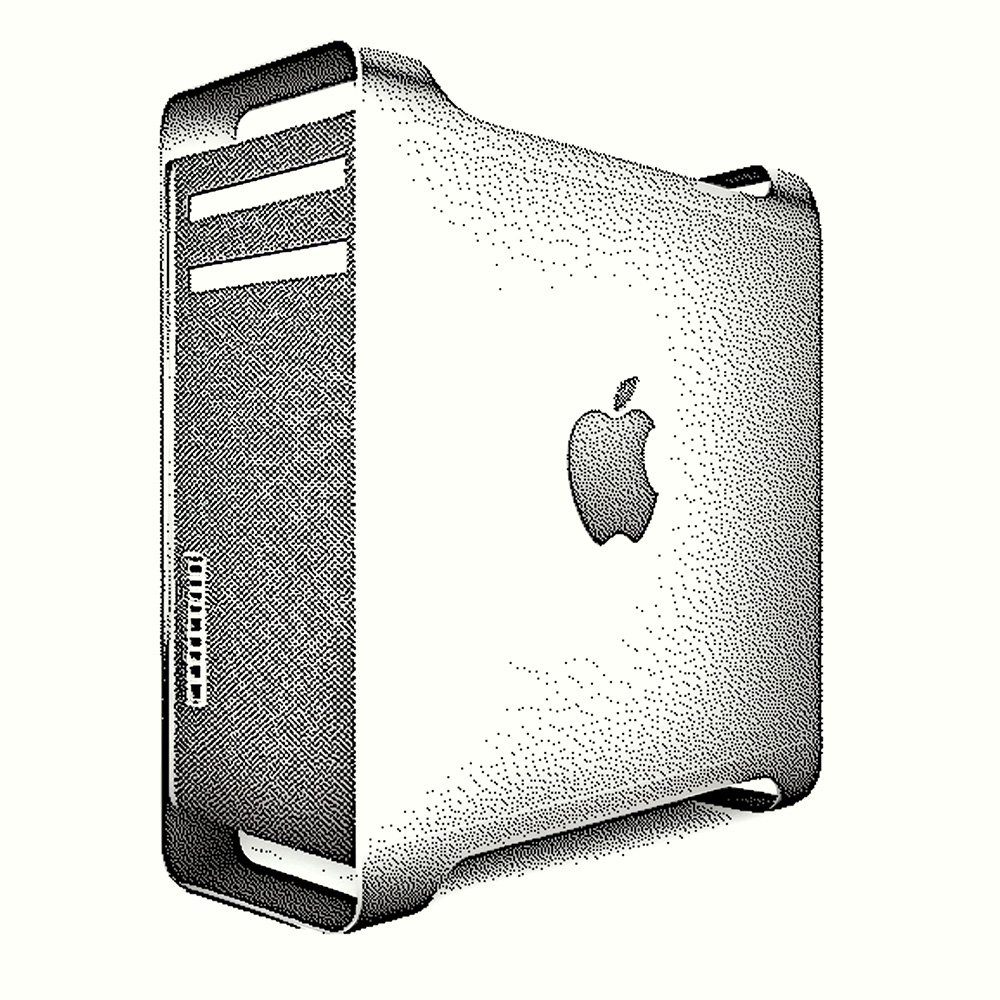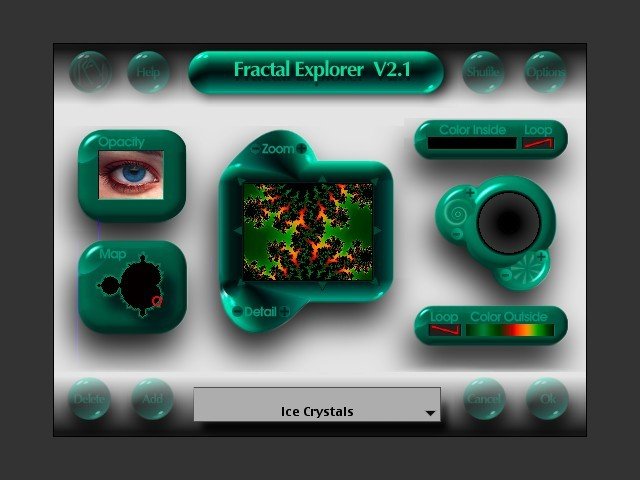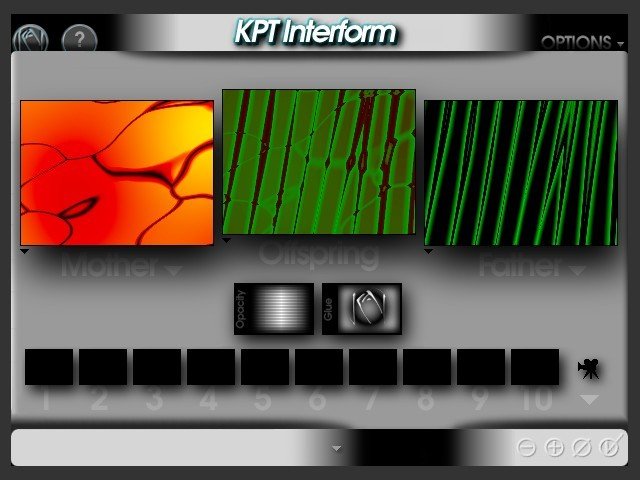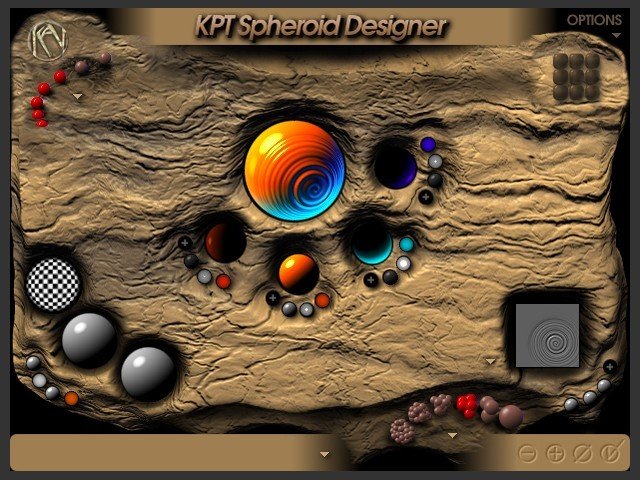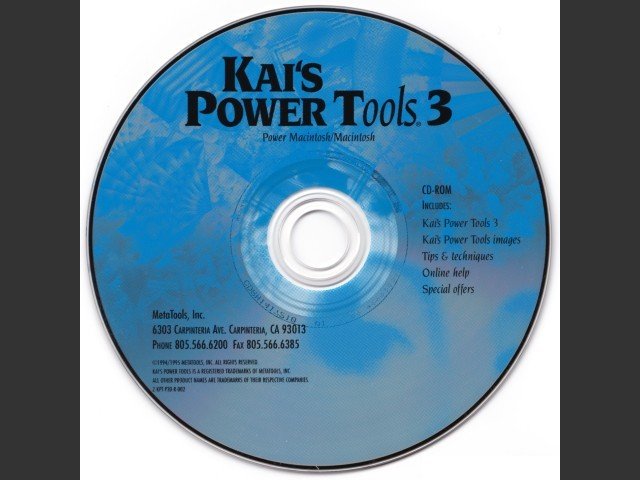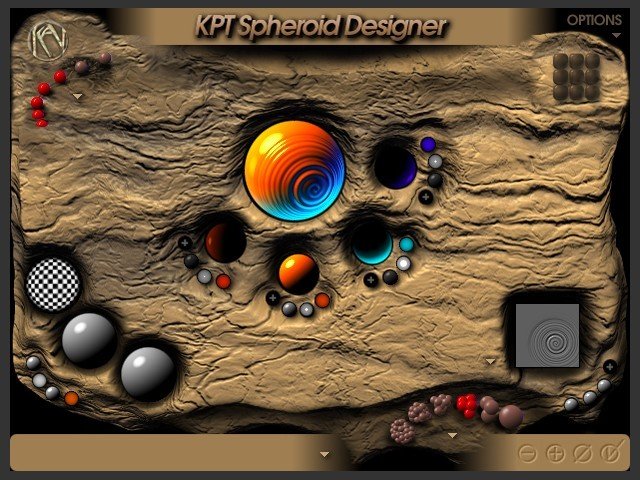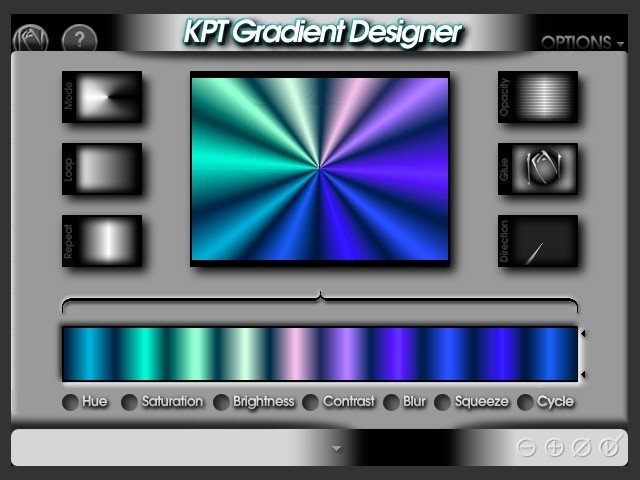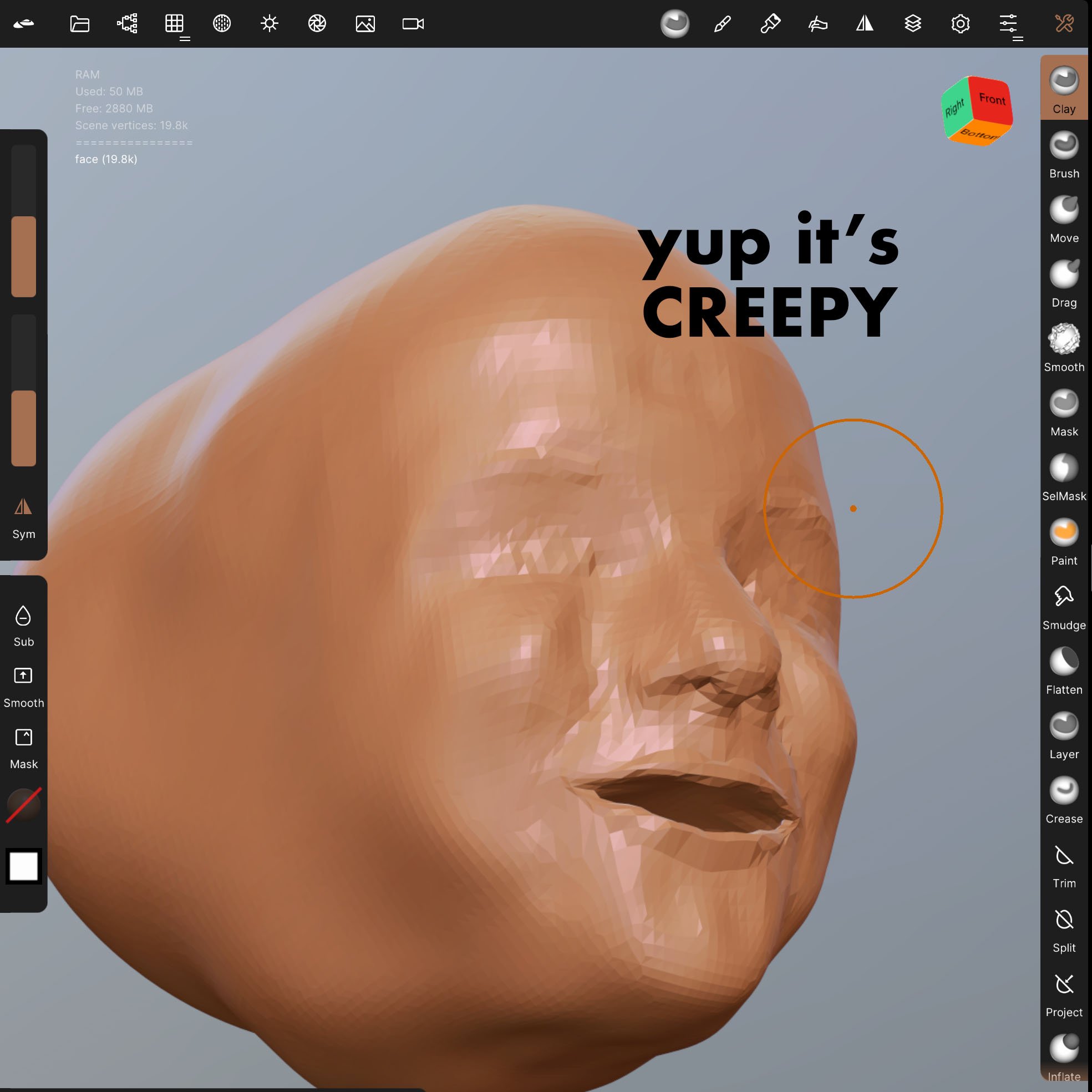Hello, I’m Félix Lapointe, a UX designer from Quebec City, Canada. You can browse some of my work portfolio, or just scroll down the blog for some of my experiments.
Blog tags: 💽 The Archives Project 🏗️ UX 🎨 Illustration ✨ Renders 🕶 Random All
Remembering Kai Power Tools
Do you remember Kai Power Tools? If you were a designer or a digital artist in the 90s, you probably do. Kai Power Tools was a suite of plug-ins for Adobe Photoshop that allowed you to create amazing effects and filters that were ahead of their time. From the "chrome" filter that made your images look like they were made of metal, to the "fractal explorer" that generated complex patterns and shapes, Kai Power Tools was a must-have at the time.
But what made Kai Power Tools truly special was its sense of innovation and experimentation. The plug-ins were not just tools, they were a playground for creative minds. They encouraged you to try new things, to break the rules, and to explore the possibilities of digital art.
Now, as a UX designer, these interfaces are a case study for “what NOT to do!”. Still, I have some fond memories playing with KPT as a teenager.
JavaScript experiment
I used ChatGPT to help me write JS, with queries like “How to import a JSON file in JS”, and of course to generate the names JSONs.
Random #18
The flywheel, also known as a virtuous circle, is a concept that refers to a self-reinforcing loop that can build momentum over time. It is a process in which one action or event sets off a chain of events that ultimately leads back to the original action, creating a cycle of positive reinforcement.
The Hygrade wiener principle (AKA “Le Principe de la saucisse Hygrade” in french) , on the other hand, is a marketing concept that suggests that the best way to sell a product is to focus on the benefits that it provides to the customer, rather than the features of the product itself. The idea is that if a product meets the needs and desires of the customer, it will create a positive emotional response and lead to increased sales and customer loyalty.
There is a similarity between the flywheel and the Hygrade wiener principle in that both involve the creation of a positive feedback loop. In the case of the flywheel, the positive feedback loop is created by the self-reinforcing nature of the process, while in the case of the Hygrade wiener principle, the positive feedback loop is created by the positive emotional response of the customer. Both concepts suggest that focusing on the needs and desires of the customer can lead to a positive outcome, and that this positive outcome can be self-reinforcing over time.
So unoriginal
I recently made the decision to post my chameleon renders on ArtStation, but upon doing so, I realized that there are already hundreds of Chameleon renders on the platform and that most of them are of a higher quality than my own. This was a harsh reminder that I am just a 3D hobbyist and that there is still a lot for me to learn and improve upon.
Wombo Dream Reference image
I was already fascinated by the surreal AI renders of Wombo Dream, but the new “Reference image” feature brings a powerful new capability!
Tutorial fatigue
I am someone who learns best by actively trying things out and understanding how they work through hands-on experience. However, I have found that it is difficult to do this with Blender, a 3D computer graphics software, because it is so complex and requires detailed explanations for even basic tasks. Even after watching tutorials and learning how to do something, I often struggle to remember the steps the next time I need to do it. This can be frustrating and exhausting, and I have come to refer to this feeling as "tutorial fatigue." I am eager to move beyond simply watching tutorials and start creating with Blender on my own.
Adobe Aero
AR is still a novelty for me, I don’t particularly like hunting Pokémons or placing a virtual IKEA sofa in my place. But I really enjoyed discovering that I can easily place my own 3D models with AR using the very easy to use Adobe Aero for iPad!
Adobe Aero is a mobile application that allows users to create and publish augmented reality (AR) experiences. It is available for both iOS and Android devices.
One of the features of Adobe Aero is the ability to place 3D models in the real world using AR. This can be done by importing a 3D model from a file or by creating one using the 3D modeling tools available in the app. Once the model is imported or created, the user can place it in the real world by using their device's camera to scan the environment and anchor the model to a specific location.
Using Adobe Aero, users can easily create immersive AR experiences that blend the digital and physical worlds. This can be useful for a variety of purposes, including education, entertainment, and marketing.
Blender user interface rant
As a UX designer, I both appreciate and critique the user interface of Blender, a 3D computer graphics software. One aspect that stands out to me is the fact that Blender presents all of its complexity to the user at all times. As a humorous thought experiment, I have wondered what it would be like if the UX designers at Blender were to design a refrigerator. This is a tongue-in-cheek reference to the "refrigerator chapter" in the book “The design of everyday things” by Don Norman, which discusses the importance of intuitive and user-friendly design in everyday objects.




